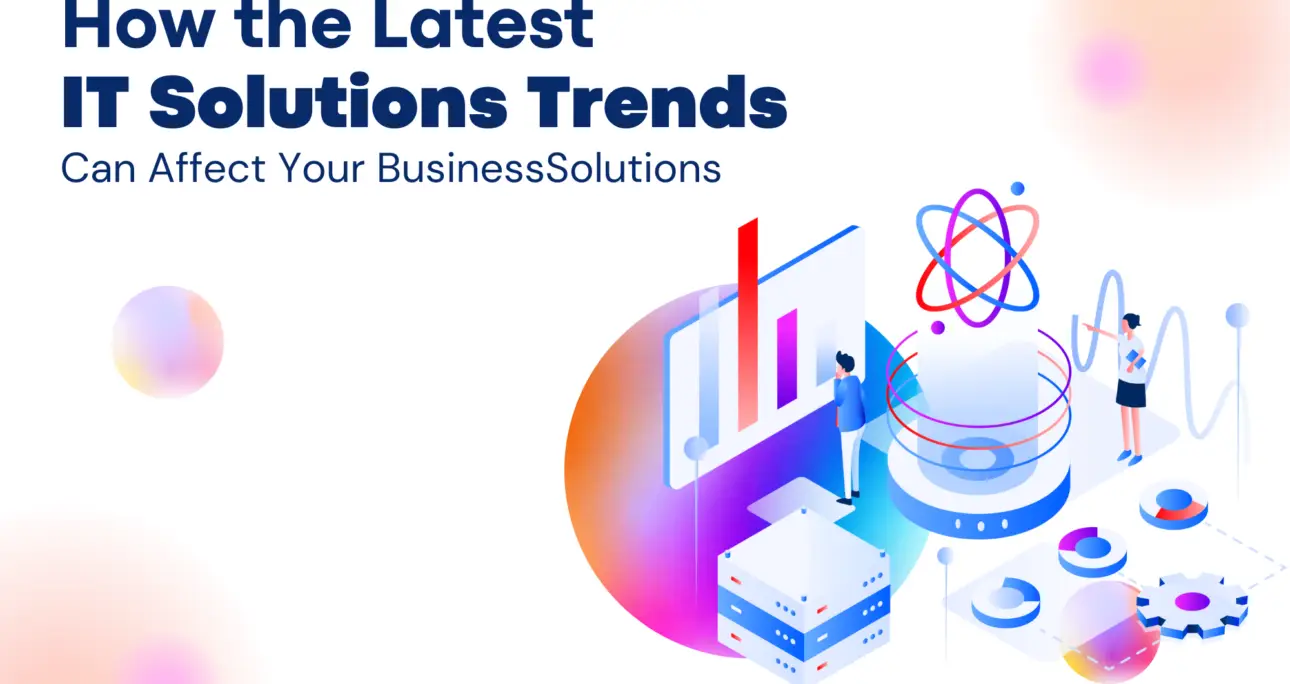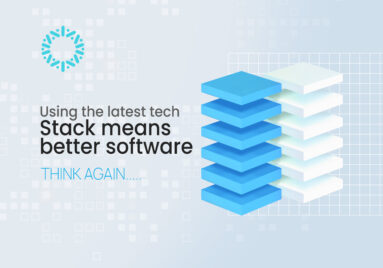In today’s fast-paced digital world, understanding the impact of technology on business growth is crucial for companies looking to stay ahead of the competition. The latest IT solutions are transforming industries, offering innovative ways to enhance operational efficiency, improve customer experiences, and drive growth. By embracing advancements like Artificial Intelligence, cloud computing, and cybersecurity enhancements, businesses can streamline processes, reduce risks, and unlock new opportunities. This guide explores how leveraging these cutting-edge technologies can accelerate your company’s growth and ensure long-term success in an ever-evolving market.
1. Artificial Intelligence (AI) and Machine Learning (ML)
Trend Overview:
AI and ML are transforming various aspects of IT operations. Advances in these technologies enable predictive analytics, natural language processing, and autonomous systems, revolutionizing how businesses operate and interact with their customers.
Business Impact:
- Enhanced Efficiency: Automate repetitive tasks, streamline workflows, and reduce manual errors. AI-driven tools can handle everything from customer service inquiries to data entry, freeing up valuable human resources for more strategic activities
- Better Decision-Making: Utilize AI-powered analytics to gain actionable insights from large datasets. Predictive models can forecast market trends, customer behavior, and potential risks, enabling more informed decision-making.
- Improved Customer Experience: Deploy AI chatbots and virtual assistants to provide 24/7 support, personalize user interactions, and enhance overall customer satisfaction. Machine learning algorithms can analyze user behavior to offer tailored recommendations and solutions.
2. Cloud Computing Advancements
Trend Overview:
Cloud computing continues to evolve with innovations like multi-cloud strategies, serverless computing, and advanced cloud security protocols. These advancements offer greater flexibility, scalability, and efficiency for managing IT resources.
Business Impact:
- Cost Savings: Optimize IT expenditures with cloud solutions that offer a pay-as-you-go model. Reduce capital investment in hardware and scale resources according to business needs.
- Scalability: Quickly adjust cloud resources to accommodate business growth, seasonal demands, or changing market conditions. This flexibility supports both short-term projects and long-term expansion.
- Disaster Recovery: Implement robust disaster recovery plans using cloud-based solutions. Cloud backups and failover systems ensure data protection and minimize downtime in case of an unexpected outage.
3. Cybersecurity Enhancements
Trend Overview:
As cyber threats become more sophisticated, cybersecurity technologies are advancing to protect sensitive data and ensure system integrity. Innovations include advanced threat detection, AI-driven security, and comprehensive risk management strategies.
Business Impact:
- Increased Protection: Deploy next-generation firewalls, intrusion detection systems, and AI-driven threat analysis to identify and respond to cyber threats in real time. Enhanced security measures protect your business from data breaches and unauthorized access.
-
- Regulatory Compliance: Adhere to industry regulations and standards such as GDPR, HIPAA, and CCPA with improved security protocols. Compliance helps avoid legal penalties and protects customer trust.
- Reduced Risk: Implement proactive security strategies, including regular vulnerability assessments and penetration testing, to identify and address potential weaknesses before they can be exploited.
4. Internet of Things (IoT)
Trend Overview:
IoT technology connects a wide range of devices and systems, enabling real-time data collection and analysis. This connectivity offers new opportunities for automation, monitoring, and optimization across various business processes.
Business Impact:
- Operational Efficiency: Monitor and control devices and systems remotely, improving operational processes and reducing downtime. IoT sensors can track equipment performance, manage inventory, and optimize supply chains.
- Data-Driven Insights: Gain valuable insights from real-time data to make informed decisions and enhance business operations. IoT analytics can reveal patterns, predict maintenance needs, and optimize resource utilization.
- Enhanced Automation: Automate routine processes and integrate systems through IoT technology. Smart devices can adjust settings based on real-time data, improving efficiency and reducing manual intervention.
5. Edge Computing
Trend Overview:
By bringing data processing nearer to the source, edge computing reduces latency and boosts performance. This decentralized approach allows for faster data analysis and decision-making, particularly in environments with high data volume or real-time requirements.
Business Impact:
- Faster Processing: Achieve near-instantaneous data processing and analysis for time-sensitive applications, such as autonomous vehicles and real-time monitoring systems.
- Reduced Latency: Improve user experiences with faster response times and reduced lag. Edge computing minimizes delays associated with data transmission to centralized servers.
- Cost Efficiency: Optimize bandwidth and reduce data transmission costs by processing data locally. This approach can also enhance data security by keeping sensitive information closer to its source.
6. Blockchain Technology
Trend Overview:
Blockchain technology is expanding beyond its cryptocurrency origins, offering secure, transparent, and decentralized solutions for various applications. This technology provides a tamper-proof record of transactions and interactions.
Business Impact:
- Enhanced Security: Protect data integrity with immutable records and secure transactions. Blockchain’s decentralized nature reduces the risk of data tampering and fraud.
- Improved Transparency: Increase transparency and trust with verifiable and auditable transactions. Blockchain’s open ledger ensures that all parties have access to the same information.
- Efficient Operations: Streamline processes with smart contracts and decentralized applications. Automate contract execution and reduce intermediaries, resulting in faster and more cost-effective transactions.
7. Robotic Process Automation (RPA)
Trend Overview:
RPA automates repetitive tasks and workflows using software robots or “bots.” This technology reduces the need for manual intervention, improves accuracy, and enhances productivity.
Business Impact:
- Increased Productivity: Automate routine administrative tasks, such as data entry and report generation, to improve operational efficiency and allow employees to focus on higher-value activities.
- Cost Reduction: Lower labor costs by minimizing the need for manual processing. RPA can handle high-volume tasks with greater speed and accuracy than human workers.
- Scalability: Easily scale automation efforts to match business growth and changing demands. Implement RPA solutions to adapt to evolving business requirements without significant additional investment.
Keeping up with the latest IT solutions trends is essential for leveraging technology to drive business success. By understanding and adopting these trends, your organization can enhance efficiency, strengthen security, and stay ahead of the competition. Regularly reviewing and updating your IT strategy to incorporate new technologies and practices will ensure that your business remains agile and competitive.
For personalized advice on how to integrate these trends into your business strategy, feel free to reach out to our experts. Embrace the future of IT solutions and transform your business today!





